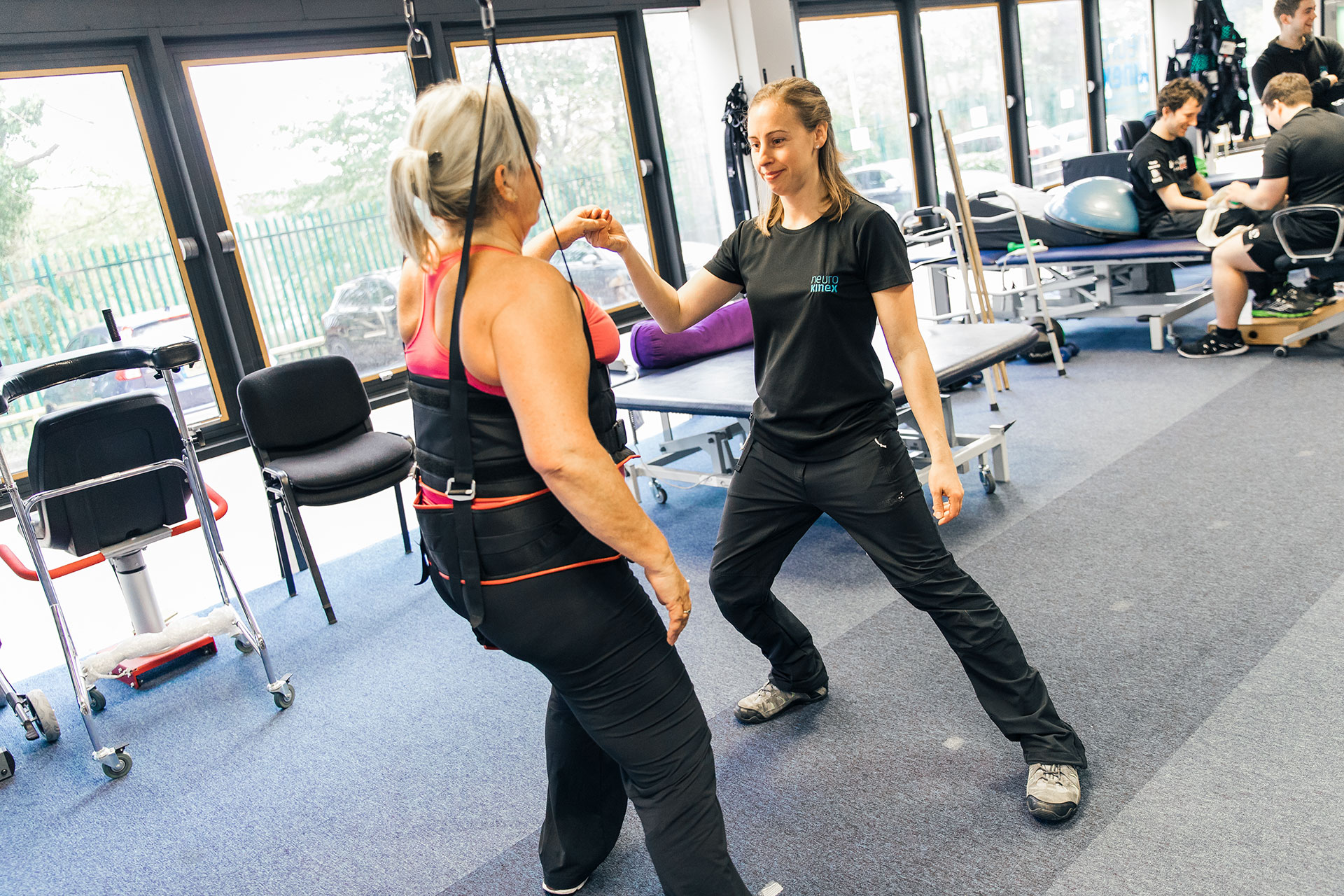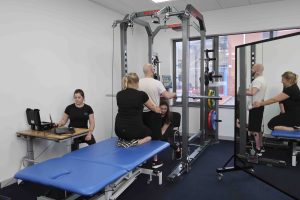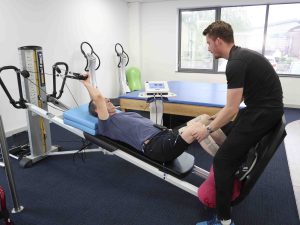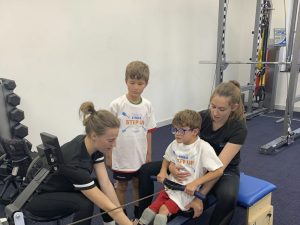Every year, thousands of individuals face the life-altering consequences of a stroke, leaving them with physical, emotional and cognitive challenges. The road to recovery after a stroke is challenging and access to effective neurorehabilitation is crucial for maximising people’s potential.
Recently published NICE guidelines (NG236, 18.10.2023) on Stroke rehabilitation in adults says people should do multidisciplinary rehab (including physiotherapy, occupational therapy, speech and language therapy) at least five days a week and, ideally, for three hours per day.
Ambitious target
An ambitious target for individuals, with the NHS facing resource constraints, meeting these guidelines becomes a formidable challenge. Limited healthcare personnel, infrastructure and financial constraints act as barriers preventing stroke survivors receive the care they need.
Community rehabilitation services can help to bridge the gap. By combining specialist activity-based rehabilitation with a daily exercise regime that can be performed at home, community rehab programmes offer a practical and sustainable way to meet the recommended three hours of rehabilitation each day. These programmes empower stroke survivors with the tools they need for self-management and long-term recovery.
Worthwhile investment
Such rehab comes at a price of course but when set against the cost of managing secondary complications that typically present themselves in people whose rehab needs are unmet, it is a worthwhile and valid investment in health and wellbeing.
Quite apart from the human cost of not restoring as much function and capability after a stroke if the right rehabilitation isn’t offered, consideration must be given to the physical expenses related to the more complex health needs, loss of income and diminished independence that often follows a stroke. By denying stroke survivors the chance to recover to their full potential, they risk increased healthcare expenses, decreased quality of life and a higher burden on the healthcare system in the long run.
Successful Community Rehabilitation Strategy
Understanding the common symptoms that follow a stroke – paralysis, weakness on one side and difficulty walking – highlights the necessity of a comprehensive rehabilitation approach. Specialised interventions, including physical therapy, occupational therapy and speech therapy, are essential components of stroke rehabilitation. These therapies not only address physical limitations but also target cognitive and emotional challenges, fostering a holistic recovery.
Community-based rehabilitation programmes, such as those offered by Neurokinex, demonstrate the effectiveness of combining specialist activities with home-based exercises. Every Stroke survivor is affected differently but common to all is the aim to establish a pathway between their affected and non-affected sides.
The Neurokinex Activity Based Rehab (ABR) method stimulates the whole body to work as one unit again. Our programmes engage several highly-trained experts working with individuals using equipment and technology to help restore function and mobility. Our Intensive Rehabilitation programme gets people off to a strong start, followed by a regime of regular sessions to develop and build on their progress. Bespoke to each person, these personalised plans empower individuals to actively participate in their recovery journey. In addition to providing physical stimulation and targeted activities, our community setting prompts cognitive interaction and social engagement.
At-home rehab
As with any physical activity programme under the guidance of a professional trainer, best outcomes are achieved when people commit to exercises at home. Building on the benefits people gain at the rehabilitation centre, undertaking exercises at home helps them achieve their three hours, five days a week target.
“Rehab at home can be challenging for Stroke clients as their impaired cognition often means they lose motivation, concentration and confidence: working with someone else really helps here,” explains Neurokinex Gatwick centre manager, neurorehabilitation specialist Marilla Cameron.
Try these at home:
Safely self-mobilise the affected limb/s by using the unaffected side where possible in supported lifting, movement and stretching.
Safely weight bear through the affected limb/s with assisted standing or stepping to stimulate the sensation, build strength and reestablish familiar patterns. ‘Use it or lose it’ so get out of your chair as often as possible.
Use target-based actions combining full body movement with full field of vision. Try throwing a ball into a wastepaper basket positioned on the affected side to access this visual field (which can be neglected). Move the ‘goal’ once mastered to promote progress.
Breathe deeply to oxygenate the blood and aid recovery: especially good for those whose speech has been affected. Also calming and restorative.
Join a Stroke exercise group to boost cognitive function, social interaction, mood and motivation.
Stroke rehabilitation is a complex and ongoing process that demands a multifaceted approach combining NHS therapies with community-based rehabilitation and home-based exercises. In this way, people have a better chance of meeting the recommended three hours of rehabilitation each day, five days a week.
The upfront cost of rehabilitation pales in comparison to the potential long-term consequences of denying stroke survivors the chance to reach their full potential. Prioritising comprehensive and accessible rehabilitation, paves the way for a healthier, more independent future for those affected by stroke.




